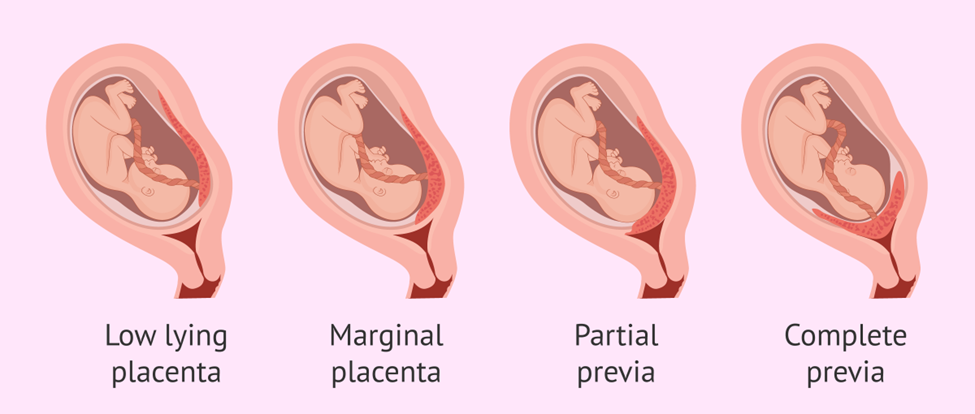A nurse is assessing a client's internal eye structures with an ophthalmoscope. Which of the following actions should the nurse take?
Position the examination light toward the client's face.
Stand on the right side of the client when examining the left eye.
Dim the lights in the room prior to the examination.
Place the ophthalmoscope directly against the client's forehead.
The Correct Answer is B
A. The examination light of the ophthalmoscope should be directed toward the client's eye, not the client's face.
B. When examining the left eye, the nurse should stand on the right side of the client to facilitate proper alignment of the ophthalmoscope with the client's eye.
C. Dimming the lights in the room may improve visualization of the client's internal eye
structures, but it is not typically necessary for ophthalmoscopic examination and may hinder the nurse's ability to assess the client effectively.
D. Placing the ophthalmoscope directly against the client's forehead would not facilitate proper examination of the internal eye structures and may cause discomfort to the client.
Nursing Test Bank
Naxlex Comprehensive Predictor Exams
Related Questions
Correct Answer is B
Explanation
A. The wall suction setting does not directly indicate the functioning of the NG tube.
B. Greenish-yellow drainage fluid may indicate the presence of bile in the stomach, suggesting
that the NG tube is not adequately draining gastric contents, which could indicate a malfunction.
C. An aspirate pH of 3 indicates gastric acidity, which is expected in the stomach and does not necessarily indicate a problem with NG tube function.
D. Abdominal rigidity may suggest intra-abdominal pathology but does not specifically indicate NG tube dysfunction.
Correct Answer is C
Explanation
A. Rupturing the amniotic sac in the case of complete placenta previa can lead to significant bleeding and is contraindicated.
B. Pain medication may be administered if needed, but the priority is to address the placenta previa and potential complications.
C. Complete placenta previa at 36 weeks gestation with contractions and bleeding is a clear
indication for an emergency cesarean section to prevent maternal hemorrhage and fetal distress.
D. Performing a vaginal exam can increase the risk of bleeding and should be avoided in cases of placenta previa.

Whether you are a student looking to ace your exams or a practicing nurse seeking to enhance your expertise , our nursing education contents will empower you with the confidence and competence to make a difference in the lives of patients and become a respected leader in the healthcare field.
Visit Naxlex, invest in your future and unlock endless possibilities with our unparalleled nursing education contents today
Report Wrong Answer on the Current Question
Do you disagree with the answer? If yes, what is your expected answer? Explain.
Kindly be descriptive with the issue you are facing.
